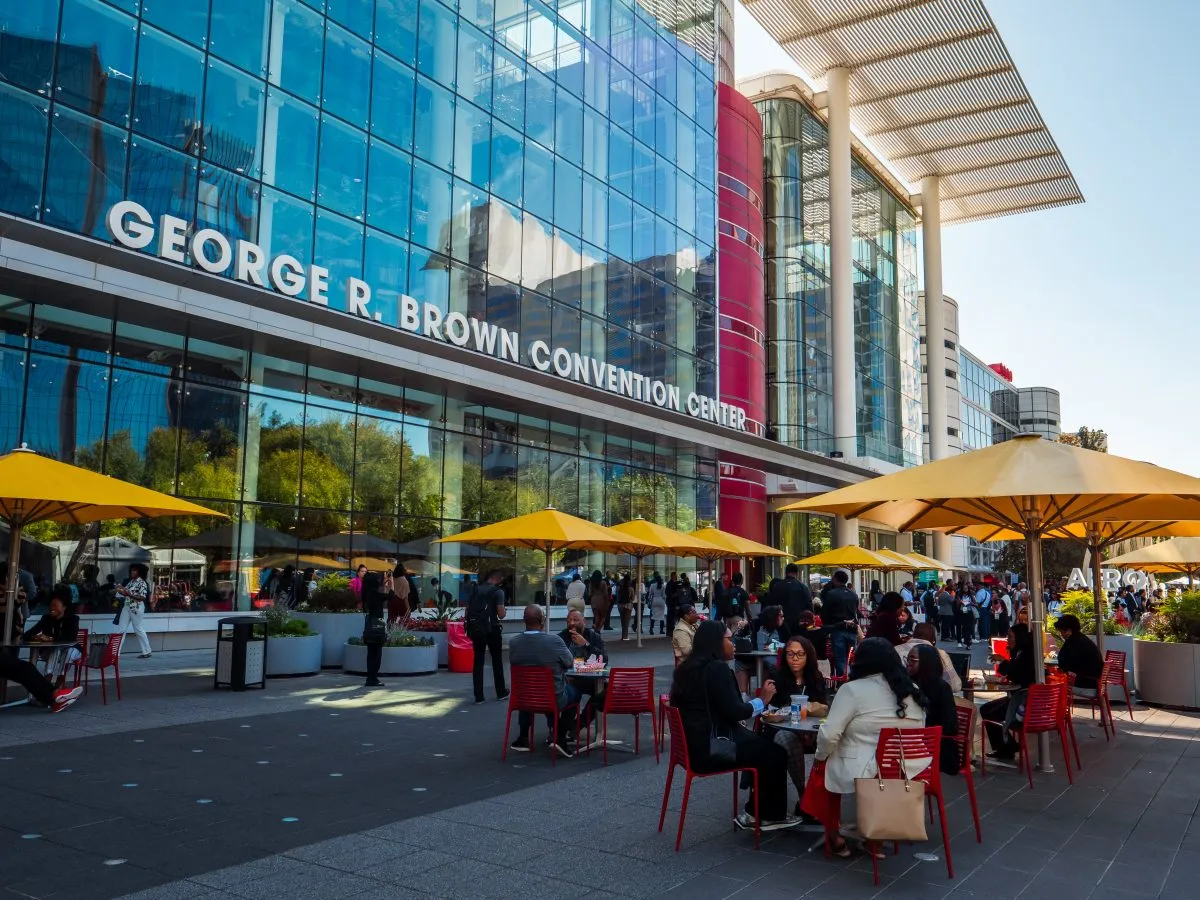How To Meet Green [Case Study]


This is a case study from Dawn Baldwin, Director of Sales, Halifax Convention Centre. More information about Event Manager Blog’s case studies.
The Event
The 148th Canadian Medical Association Annual Meeting took place at the World Trade and Convention Centre, Halifax, Canada.
The Canadian Medical Association (CMA) is a national, voluntary association of physicians that advocates on behalf of its members and the public for access to high-quality health care. At the Annual Meeting and General Council, CMA members set the policy direction for the association for the year through debate, discussion and the passage of motions.
For four days in August, Halifax was at the centre of the national conversation on current medical policy issues and how to improve health care of Canadians.
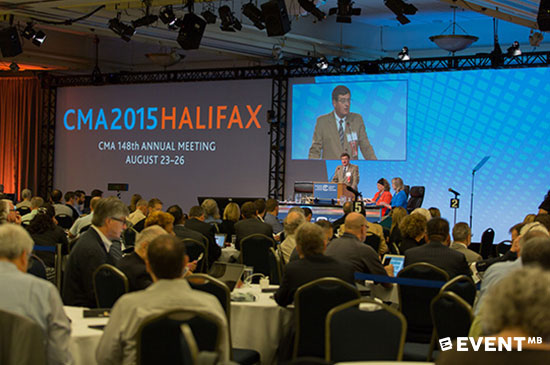
Quick Facts:
- 4-day delegate-style meeting
- 83,000 Canadian physicians represented
- 537 attendees
- $860,733 estimated direct expenditures
Why Nova Scotia?
The CMA Annual Meeting follows a destination rotational pattern. The last time the conference was held in Nova Scotia was in 1996. Michelle Gravelle, Director Meetings & Travel Management for CMA, sees Halifax as a great host city and knew that as a conference destination it would allow delegates to consider combining vacation time, making an extended stay of their trip to the beautiful province.
Halifax also has one of the largest concentrations of healthcare facilities and specialists in Canada. The CMA General Council and Annual Meeting was a great opportunity for local physicians to come together with their peers from across the country to set the direction for healthcare policy for the year ahead, and ensure Nova Scotia had a voice in the discussion.
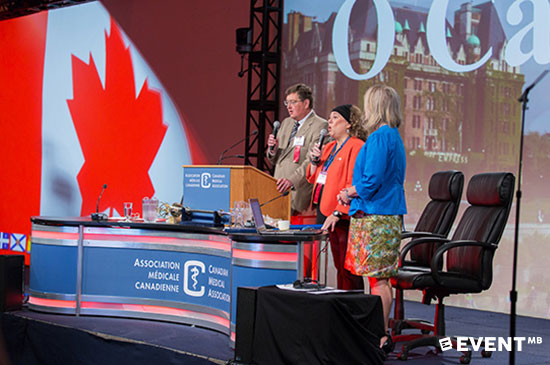
The Objectives
Like many organizations and event planners, the Canadian Medical Association (CMA) is committed to creating and maintaining a healthy environment for all. Every choice makes a difference when it comes to protecting the environment, especially when hosting large-scale events for thousands of people. That’s why they wanted their Annual Meeting to be the model of event sustainability.
They wanted to achieve this by focusing on 3 main areas:
- Food
- Pollution and Waste
- Power
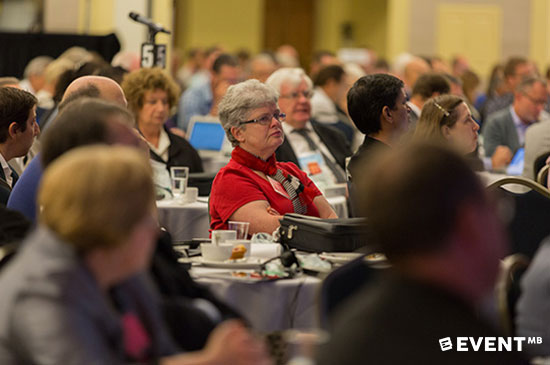
How Did You Achieve Your Objectives?
With goals in mind and strict requirements, CMA worked with their chosen venue to gather creative suggestions – from culinary to property services – on how to best ‘meet green’. Together, they were able to identify event needs and co-design custom solutions and services to help realize CMA’s vision for a sustainable conference.
Food Comes First
Creating a sustainable menu was the first step in the process. The convention centre culinary team focused on sourcing local menu items that were organic, fairly traded, seasonal and not processed, helping to reduce the carbon footprint and support the local Halifax economy. The team also ensured that imperfect fruits and vegetables that might otherwise be thrown away were worked into the menu, knowing that a few bumps and bruises won’t change the taste of the local produce. And, when the delegates were fed and full, leftovers were donated to Feed Nova Scotia, helping to reduce food waste and support a great local community service.
![How-To-Meet-Green-[Case Study]-Halifax-sponsored-1](https://meetings.skift.com/wp-content/uploads/2022/05/How-To-Meet-Green-Case-Study-Halifax-sponsored-1.jpg)
Reducing Pollution and Waste
Hosting thousands of people can produce a lot of waste. Event planners need to work with your venue and local organizations to implement simple ideas and tactics before your delegates arrive. Planning ahead can make sure you produce less waste overall.
Nova Scotia already produces the least waste per capita and has the highest waste diversion rate in Canada, making it easy for CMA to take advantage of their leading recycling and composting programs. Waste was reduced throughout the 4-day event by reducing onsite materials, reducing signage, printing on recycled materials and asking suppliers to reduce packaging.
Thinking Outside the (Power) Box
It was important to the CMA to cut back the event’s carbon footprint and seek out partners who provide renewable energy alternatives. Although being together in person is best, CMA encouraged remote participation for its members who couldn’t attend the event, using technology to limit carbon footprint. This was made easier, and greener, thanks to a partnership between the convention centre, its partner hotels and CMA which saw each organisation purchase clean, renewable energy through Bullfrog Power for all event power needs.
The Results
Some of the achievements of the CMA in their quest to host a green meeting were:
- 45% of food locally or regionally sourced
- 300+ lbs of food donated to local food bank Feed Nova Scotia
- 3044 lbs of waste recycled or composted
- Close to 19,848 kwh of green energy used during the event
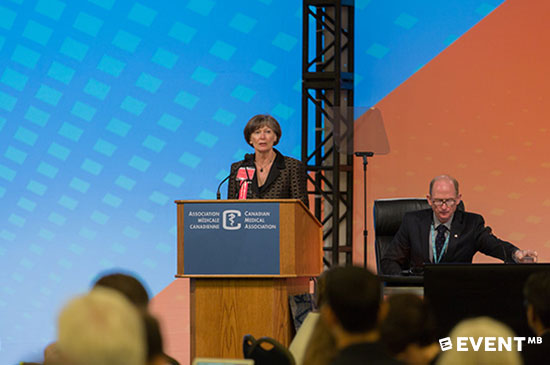
Top Tips for Event Planners
In planning a green event on this scale a lot of lessons were learnt which will help the CMA produce more sustainable events in the future. The first tip is that it is vital to start conversations with your venue early to ensure sustainability is a high priority. Here are other specific tips to make improvements in different priority areas.
Thoughtful Food
What we eat and drink can have a substantial impact on our environment. Consult with your venue’s culinary staff to determine the best approach. Take a look at your menu and work together to find ways to make it greener.
- Concentrate on local options to reduce your carbon footprint and support the local economy. Look for options that are organic, fairly traded, locally produced, seasonal and not processed. It also lets your delegates explore local cuisine, produce and food trends.
- Reduce your food waste by donating your leftovers to a local organization in need. CMA shared their leftovers with Feed Nova Scotia, the local food bank of their host destination.
- Ask suppliers to use imperfect fruits and vegetables that might otherwise be thrown away – be the proud users of carrots with character (bumps and knobbles) or bulbous beets, like CMA. They taste just as great and can reduce food waste in a community.
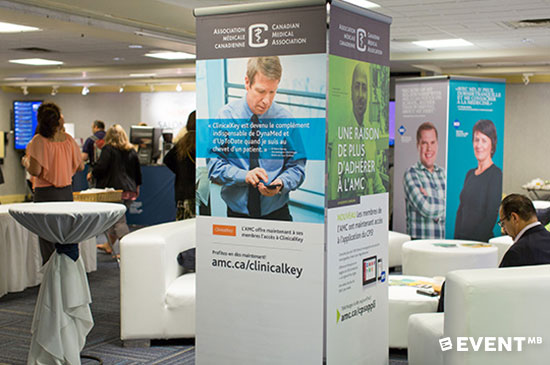
Discover smart, easy ways to reduce your event’s waste overall
The first step is to be aware of your waste footprint and understand where it comes from. Then you can start to build an improvement plan that reduces waste at source first, then maximizes diversion from landfill.
- Find local programs to help you reduce waste or divert it from landfills. For example, since Nova Scotia produces the least waste per capita and has the highest waste diversion rate in Canada, CMA was able to take advantage of recycling and composting programs already in place rather than trying to establish something new for their event. Your location likely has programs and organizations that would be happy to help.
- Ask food service providers to minimize food packaging, like limiting the use of disposables and plastic wrap, and use reusable containers for storage.
Limit your event’s carbon footprint and be energy efficient
Energy efficiency is another important way to reduce your impact on our environment. Renewable and eco-friendly energy is now an option, so seek out energy partners that can support your efforts. Talk to your venue early about ways to conserve energy, while maintaining an excellent event experience.
- Does your event encourage remote or virtual participation? Being together in person is always best, but you can limit carbon footprint by incorporating technology for members who can’t be there, like CMA is doing.
- Big ideas sometimes need partners. For the first time ever, the CMA conference used 100% green energy thanks to a brilliant partnership between the host venue, the Delta Halifax, Prince George Hotel and CMA. Together, they purchased renewable energy through Bullfrog Power.
- Work with your venue and schedule to see if there are other simple ways to save energy – like making sure break-out rooms have their technology and lights powered down during breaks and at the end of the day.
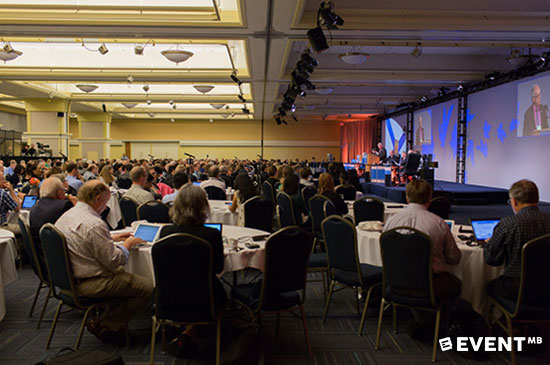
In Conclusion
Going green is no longer a fad, and requests to curate a sustainable event experience will continue. Set a precedent by providing a variety of eco-friendly options that measure your event’s impact on our Earth. Track your performance as you go to see how much of a difference your efforts make.




